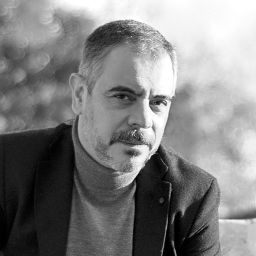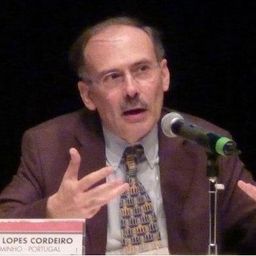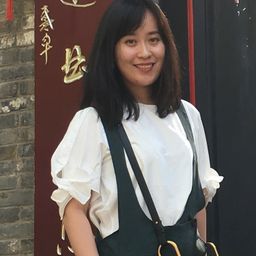Industrial landscape: a resilient palimpsest of memory I
My Session Status
This session brings together a set of studies focused on the uses adaptative reuses (and even replications) of industrial heritage in the larger context of its urban and social landscapes. Urban industrial memory, its social and territorial impacts, as well as its conservation and promotion, will be discussed from a variety of case studies ranging from Central and Southern Europe to Turkey, China and North America. The interdisciplinary approaches underlying each of the studies will also be discussed, from the methodology of the archaeology of industrialization to new interpretive perspectives based, for example, on documentary archaeology or the geographic information systems.
Elementy podrzędne
São João da Madeira est une petite ville située au nord du Portugal, à environ 30 km au sud de Porto. Malgré sa tradition industrielle, importante depuis la fin du XIXe siècle, principalement dans les industries du chapeau, des produits laitiers, de la métallurgie, de la literie et de la chaussure, qui en partie subsistent encore aujourd'hui, n’a pas été à l'abri du processus de désindustrialisation qui a marqué les deux dernières décennies du 20e s...
After the founding of P.R.C., a huge number of factories were constructed one after another. It is time to think about how to transfer their roles in the process of urbanization since these factories have made great contributions to industrialization and lost the original functions. As the precious industrial memory of that generation and the mark of urban civilization, the destiny of these old industrial sites is increasingly valued by the people. The object of this research is such a factor...
Names have power––and how we name our industrial heritage matters. The words we use to describe what remains both explain what we feel about them, but also telescope what others ought to feel about them (thus we could also speak of ‘naming’ and ‘norming’ in our title). Indeed, for the name to mean something/anything requires social participation (as Edouard Morot-Sir called it, “onomastic participation”). We know from the study of onomastics that place names have historically changed over tim...



